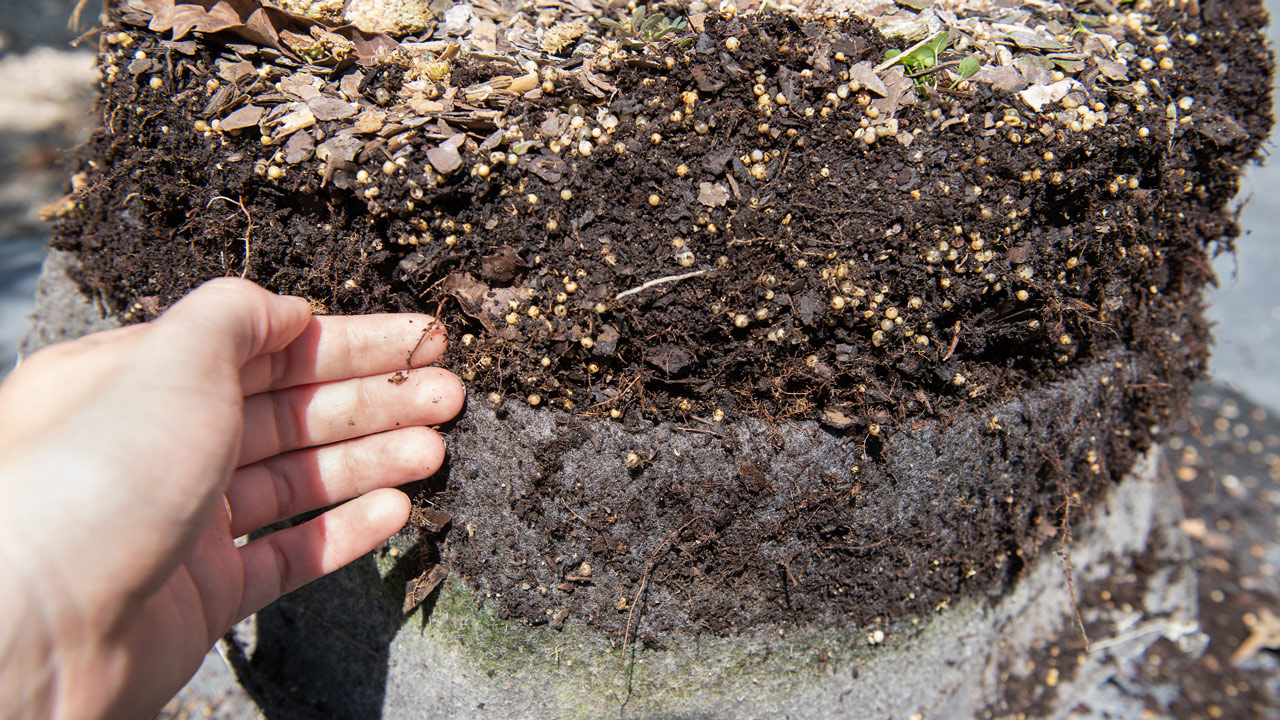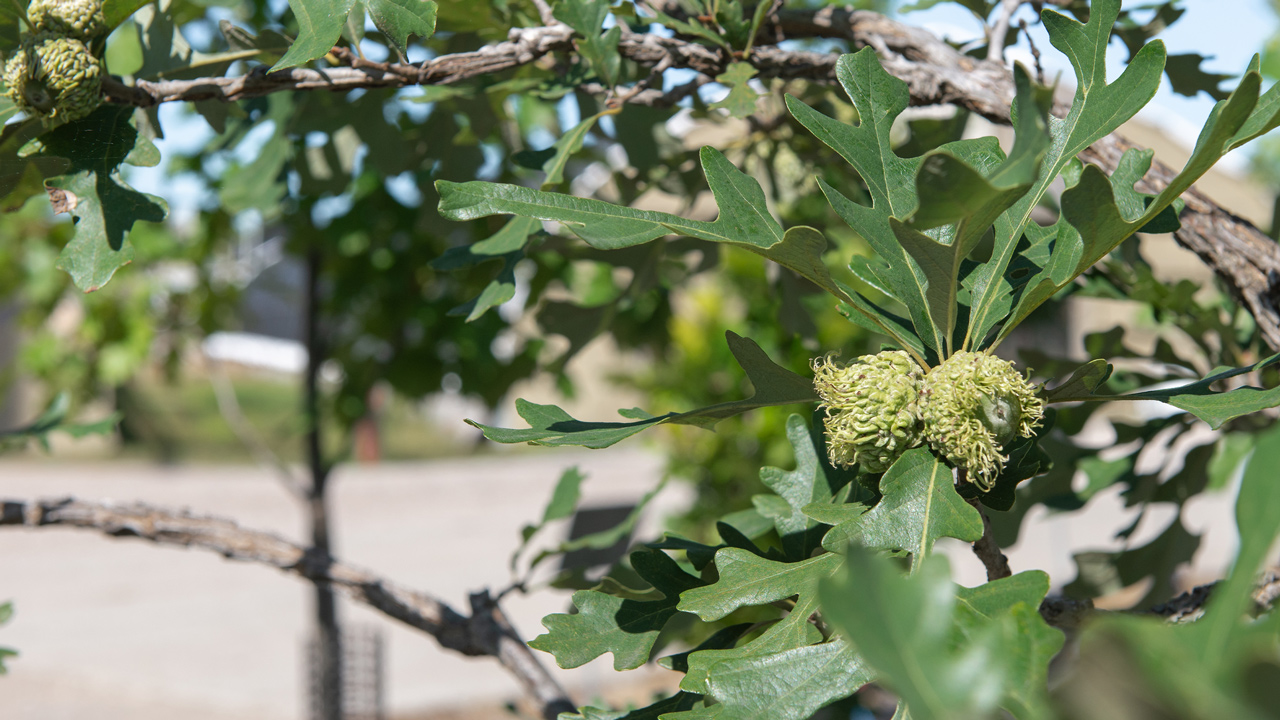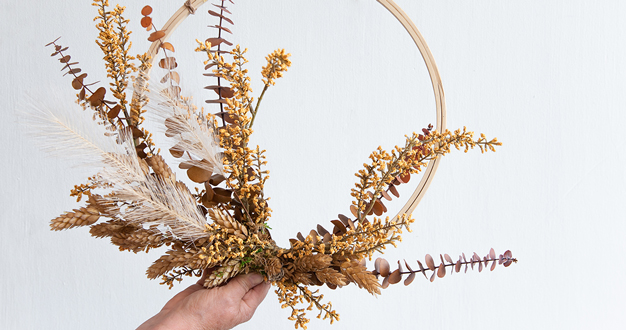
The root system is the engine of a plant. And we see it every day in the foliage and flowers that result from strong root systems. That’s why we’re so excited to partner with our friends at Great Plains Nursery in Weston, Nebraska to offer a new selection of outstanding native bur and red oak trees grown to produce some of the most impressive roots we’ve seen.
At their nursery, owners Heather and Brian Byers grow their trees from seed in a specialized process that combines the natural resilience of native species with a proven method for developing robust root systems – the RootMaker® container system. Here, we explain the science behind these innovative “grow-bag” containers that Great Plains Nursery uses to grow their oaks, and we share what that means for the trees when they’re planted in your own landscape.
The Anatomy of a Root System
When we look at the root system of a tree, we might assume it’s the largest roots that do most of the work absorbing water and nutrients for the tree. In fact, the ability to gather these vital resources from the soil depends on surface area, and the vast majority of the surface area of a root system belongs to the mass of smaller, fibrous roots – often called feeder roots. It’s the tips of these feeder roots that are largely responsible for the tree’s ability to quickly and efficiently take up water and nutrients from the soil. So a tree with a dense, fibrous root system has a leg up on a tree that doesn’t – especially when the tree is getting established in a new home.

Air-Pruning For More Root Tips
So how does a grower like Great Plains ensure that its young trees develop a dense, fibrous root system? One method that growers use is called air-pruning. Just like when we prune a vining petunia with clippers to encourage branching, when a root is pruned, it responds by branching too. Air-pruning happens when a tree root is exposed to dry air – like when it emerges from a hole in a container – causing the tip to dry out and die back a little. This results in multiple branches and numerous root tips where there used to be just a few. And a more fibrous root system begins to take shape.
A Proven Air-Pruning System
The RootMaker® System used by Great Plains Nursery is a series of specially designed grow pots and bags developed by Dr. Carl Whitcomb from Oklahoma State University. These innovative pots are the result of over forty years of Dr. Whitcomb’s research and expertise in how tree roots grow. And they take the air-pruning process to a whole new level.
The first pots in the system are small – up to four inches across. In these, tree seeds germinate and begin to grow roots. Special ridges on the inside of the pots guide the newly forming roots to strategically placed holes in the sides and bottom where air-pruning can take place. As the tree grows, it’s transplanted into increasingly larger pots with their own system of holes that continue the air-pruning process. Each stage in the process compliments and builds on the others until the tree is big enough to ship to a nursery like ours. The mass of roots produced with this system is jaw-dropping – it’s like a giant mass of hair just waiting to power the growth of a strong, healthy tree.

The Final Steps
At the store, you’ll see that the final step in the growing process is a white fabric grow-bag called a RootTrapper®. It’s in these bags that Great Plains brings their bur and red oaks to our store. These bags continue to encourage healthy root growth – this time in a process called “trapping,” which constricts root tips and causes dense branching. With the white bags, it’s easy to spot which of our trees has come to us from Great Plains Nursery.
You might also notice something different about how the Great Plains oaks are branched above ground too. Great Plains Nursery takes a limited, intentional approach to pruning their trees that emphasizes the development of trunk width – caliper – as well as height during the young tree’s growth. This results in a strong tree that’s easy to transplant and has a more naturally shaped branch structure.
Locally Collected Seed
In addition to careful pruning both above and below ground, the oaks that Heather and Brian grow are all regional natives. They collect acorns from long-lived stands of red and bur oak located in counties like Lancaster, Douglas, and Sarpy counties in Nebraska and Fremont County in Iowa. These trees have demonstrated they can withstand all the extremes the Midwest has to offer. And to get a good representative sample of these resilient genes, Great Plains Nursery tries to collect seeds from several different trees in each stand.

The Difference You’ll See
The red and bur oak trees that grow from these collected acorns have the genes to thrive in the landscape for generations. And thanks to that air-pruned root system, they’re ready to take off as soon as they’re planted in your yard. Studies show that trees that develop in the RootMaker® container system are easier to transplant, establish in their new home faster, grow more quickly, and show higher survivability than other containerized trees. If you’re looking for great tree for your home, come visit with us in the Nursery Yard. We’d be happy to show you our collection from Great Plains Nursery and help you find the perfect one.


